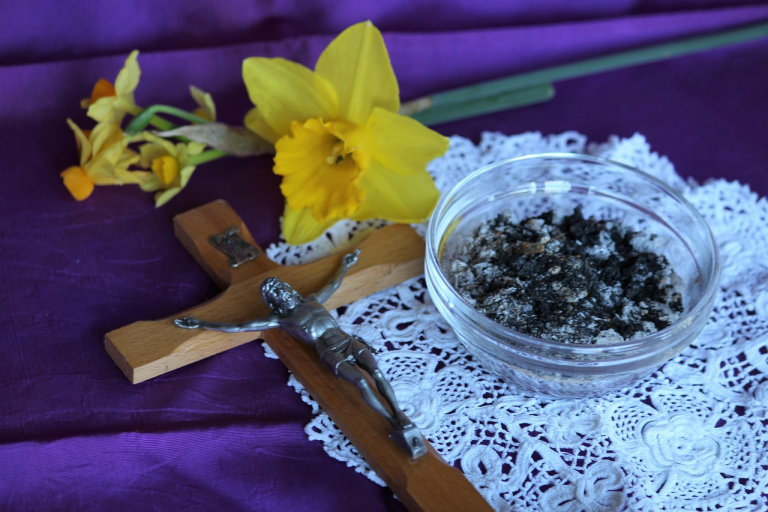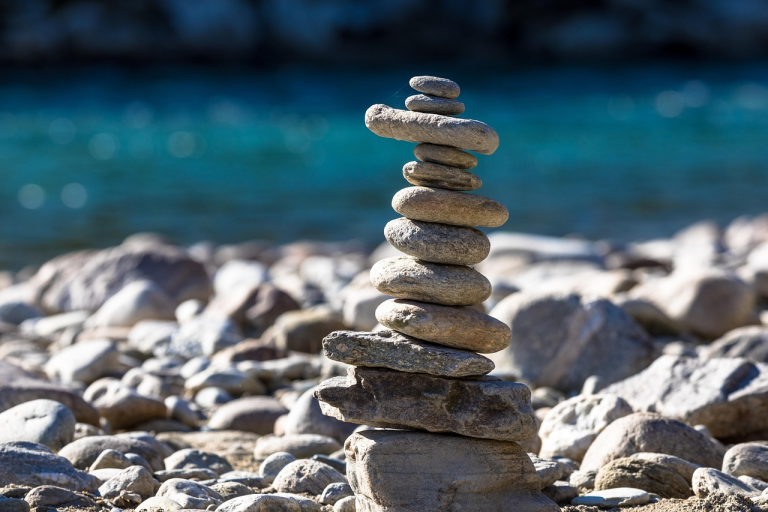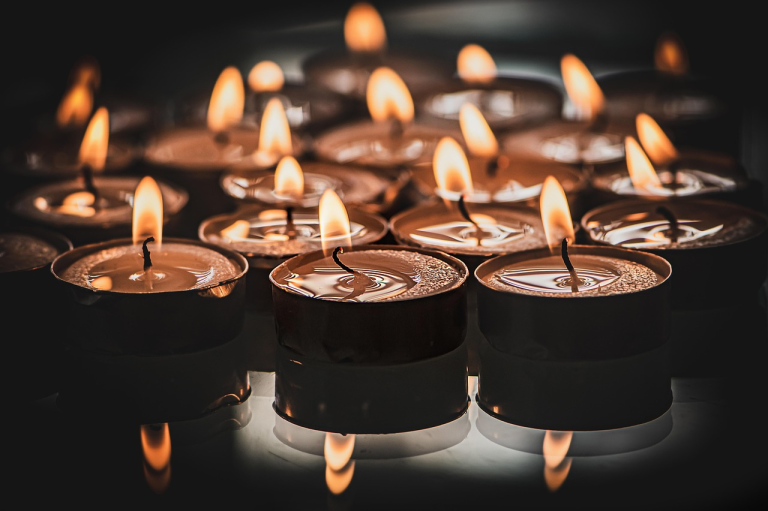From Followers to Isolation: How Social Media Hijacks Your Brain
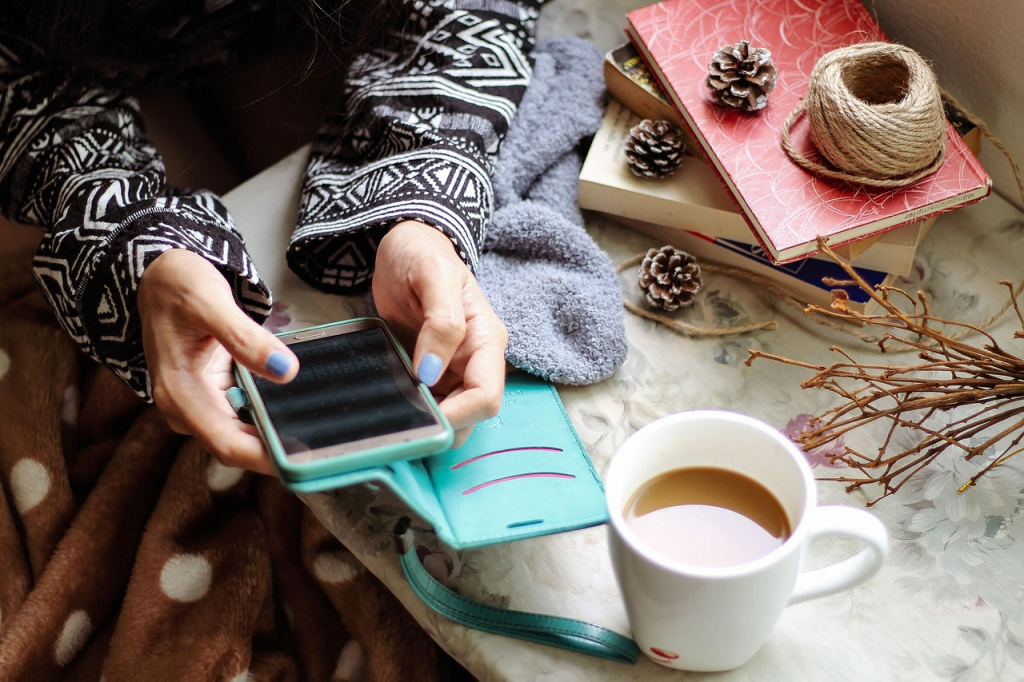
I’ll never forget the night I sat in a room full of people laughing at memes… alone. It was my best friend’s engagement party. Instead of clinking glasses, we were all hunched over our phones—posting stories about how “epic” the night was while barely speaking. When I got home, I scrolled through everyone’s photos of the same party, captioned “Squad goals! 💕” and cried into my cold pizza. That’s when I realized: Social media isn’t connecting us—it’s performing us.
After deleting Instagram for a year (and surviving), working as a youth pastor drowning in teens’ loneliness, and interviewing a social psychologist who studies digital isolation, here’s what I’ve learned about why our screens are starving our souls—and how to fight back.

1. “Comparison Is Killing Your Curiosity” (Why I Ghosted My College Friends)
In 2020, I spent hours crafting the perfect quarantine post: sourdough bread, sunset yoga, #Blessed. Meanwhile, I was binge-eating Oreos in sweatpants. My friend Amy commented “Living your best life! 😍” and I felt like a fraud.
But when Amy posted her own “perfect family Zoom Thanksgiving,” I secretly gloated: “Her turkey looks dry. At least mine was juicy.”
The cycle:
- Compare
- Feel inadequate
- Judge others to cope
- Isolate
Science says: A 2023 study found 7 minutes of scrolling increases self-criticism by 60%. No wonder we’re all hiding behind filters.
My fix:
- “Reverse stalking”: Spend 10 minutes writing what you admire about 3 people you envy. (I learned Amy was caring for her dementia mom while posting those “perfect” pics.)
- Text a friend: “No performative BS—how are you really?”

2. “DMs Aren’t Hugs” (How My Online Small Group Failed Me)
When my dad died, my church’s Facebook group flooded with 🕊️ emojis and “Praying!” comments. But only one person—Linda, the 72-year-old widow—showed up with Kleenex and a casserole. “Honey,” she said, “hearts break in 3D, not WiFi.”
The lie: Digital support = real connection.
The truth: Oxford researchers found online interactions release 50% less oxytocin (the “cuddle hormone”) than face-to-face chats.
My action plan:
- Trade 5 DMs for 1 phone call weekly.
- Host “No Phones Allowed” game nights (We use a literal phone jail—a locked box with a timer).
- Send handwrite letters (My teen group now exchanges “vulnerability mail” with stickers and tea bags).
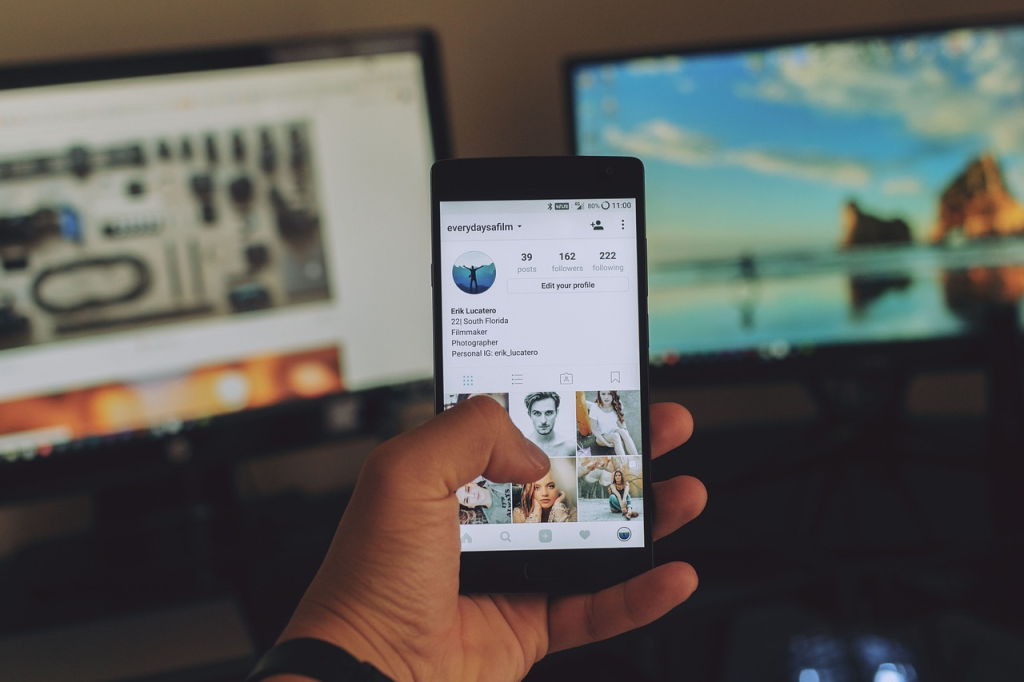
3. “The ‘Followers’ Fallacy” (Why 10K Strangers Left Me Empty)
I grew a ministry TikTok to 100K followers during COVID. But when I had a miscarriage, I couldn’t post about it—too “depressing for the brand.” My DMs blew up with “Where’ve you been?!” as I sobbed in the dark.
The math:
- Followers ≠ friends
- Likes ≠ love
- Views ≠ value
My wake-up call: I asked followers to share prayer requests. 90% responded with emojis or spam. The 3 who sent real needs? All over 60—the only ones who still treat social media as a tool, not an identity.
Try this:
- Prune your follows: Unfollow anyone you wouldn’t cry with at 2am.
- Create a “Real 10” list: 10 people you’ll prioritize IRL this month.
- Post “ugly” stories: Share a mess, then turn off comments and call a friend.
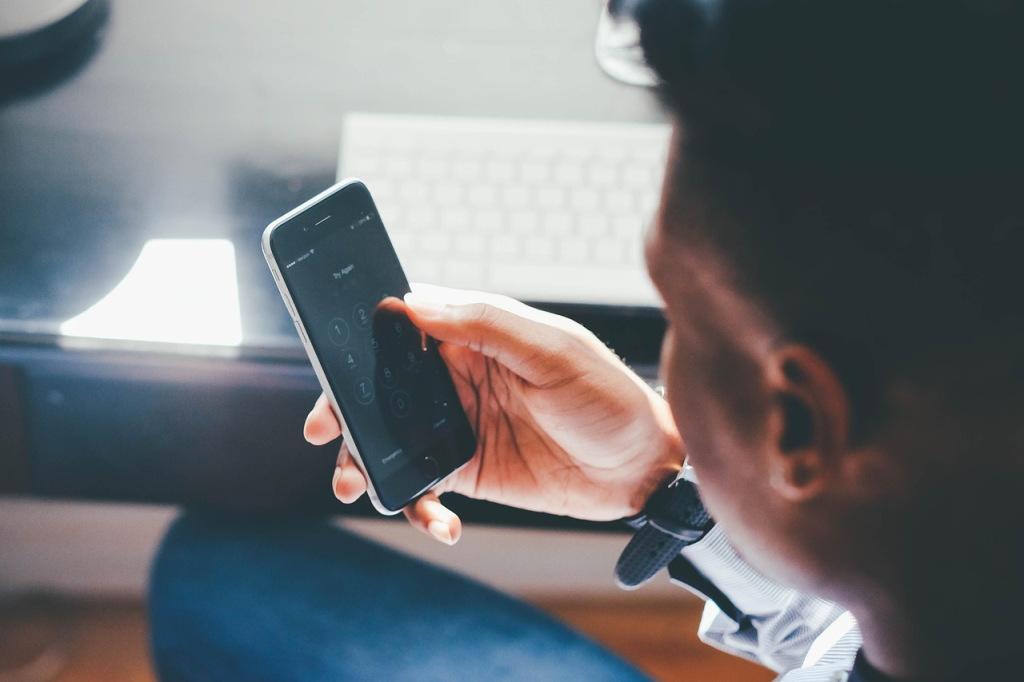
4. “The ‘FOMO’ Trap” (Why You Feel Lonelier After Virtual Events)
When chronic illness kept me home, I tried joining Zoom parties. But watching others laugh through frozen screens made me feel like a ghost. I’d exit to scroll Instagram… and see them posting “Best night ever!” without me.
The research: A 2024 Stanford study proved virtual gatherings increase loneliness 37% more than being alone. Why? They tease connection but deliver uncanny valley vibes.
My hack:
- Replace Zoom “hangouts” with analog activities:
- Mail coloring pages to friends; video chat while filling them in.
- Start a shared Spotify playlist for a “distance dance party.”
- Skip multi-person calls: Opt for 1:1 FaceTime where you can actually talk.
5. “The ‘Highlight Reel’ Robs Our Stories” (How I Lost My Sister to Perfection)
My sister and I used to bond over our messes—failed diets, dating disasters. Then she became an influencer. Now, our calls feel like interviews: “Can I screenshot that for content?” Last Christmas, she staged 12 photos of us “laughing” before we ate cold turkey.
The cost: When life becomes content fodder, we stop living it. Anthropologists call this “experiential theft”—stealing moments from yourself to feed algorithms.
Rebellion tools:
- “Secret memories”: Do something amazing and don’t post it. (My husband and I now take “off-grid vacations.”)
- Print photos: Make a “Real Life Album” you can touch.
- Text a friend: “I just did something cool—can I tell you instead of posting?”
6. “Algorithmic Apathy” (Why We Scroll Past Pain)
Last year, my feed alternated between wedding reels and war footage. Numb, I mindlessly double-tapped a genocide video… then a cake recipe. The whiplash left me hollow.
The danger: Social media trains us to treat trauma as content. A Ukraine refugee in my church said: “My family’s bombed house got 10K likes. People care more about our tragedy’s aesthetic than sending aid.”
Reset plan:
- Practice “scroll guilt”: If you wouldn’t ignore someone crying in a coffee shop, don’t scroll past their pain online. Comment “This matters” or donate $5.
- Curate a “compassion feed”: Follow local charities and mute viral trauma porn.
- Use apps like Thumbstop: Freezes your screen for 30 seconds before engaging with sensitive content.
How I Learned to Touch Grass (Literally)
My breaking point came when my 4-year-old niece asked Siri to play instead of me. I bought a $20 flip phone for 6 months. Here’s what changed:
- I memorized 5 neighbors’ names
- Joined a pickleball cult (sorry, “league”)
- Started noticing actual sunsets instead of filming them
Your detox toolkit:
- Delete one app for 40 days (Lent isn’t just for Catholics)
- Buy a phone lockbox ($15 on Amazon; my 8pm-8am rule saved my marriage)
- Take “soul selfies”: Journal about moments you’d normally post.



